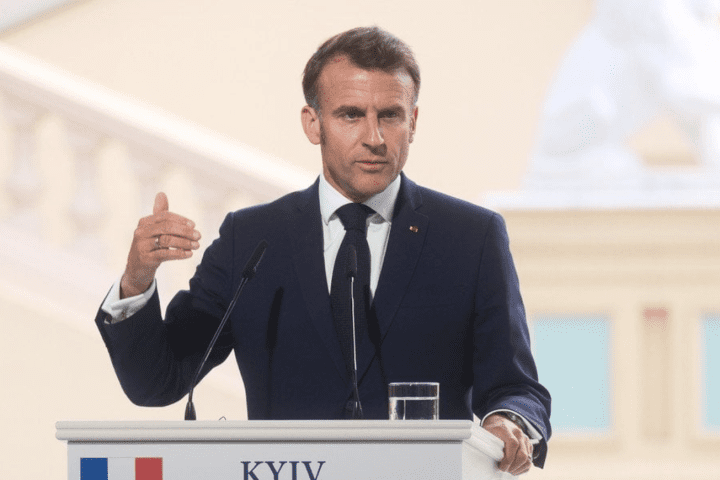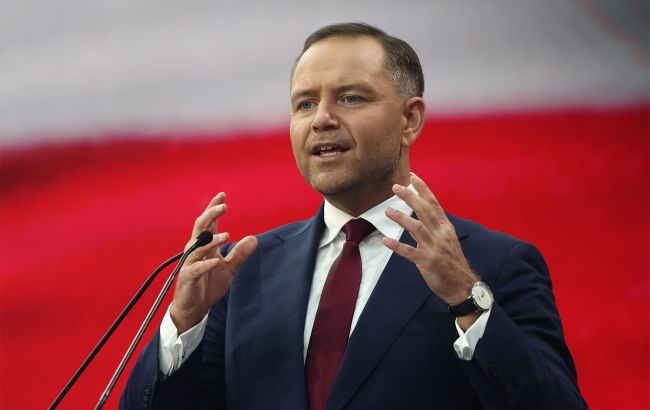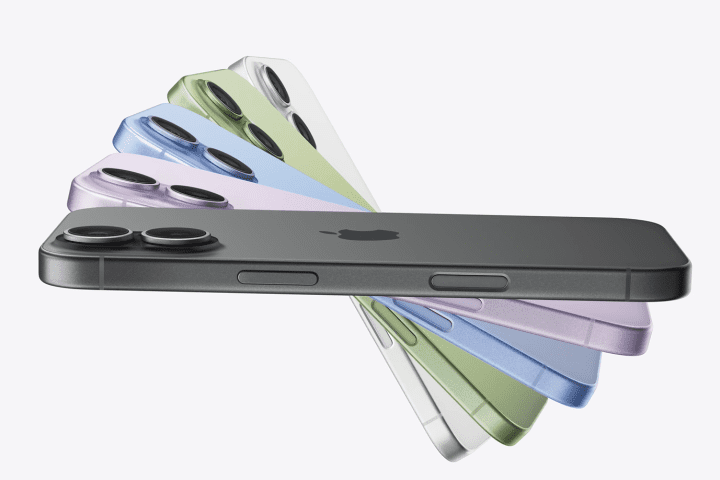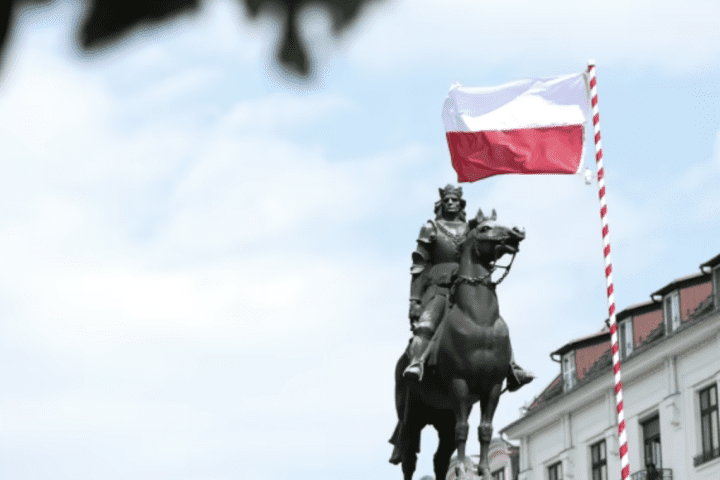Ethiopia officially inaugurated the Grand Ethiopian Renaissance Dam (GERD) on Tuesday, marking the completion of Africa’s largest hydroelectric project after more than a decade of construction.
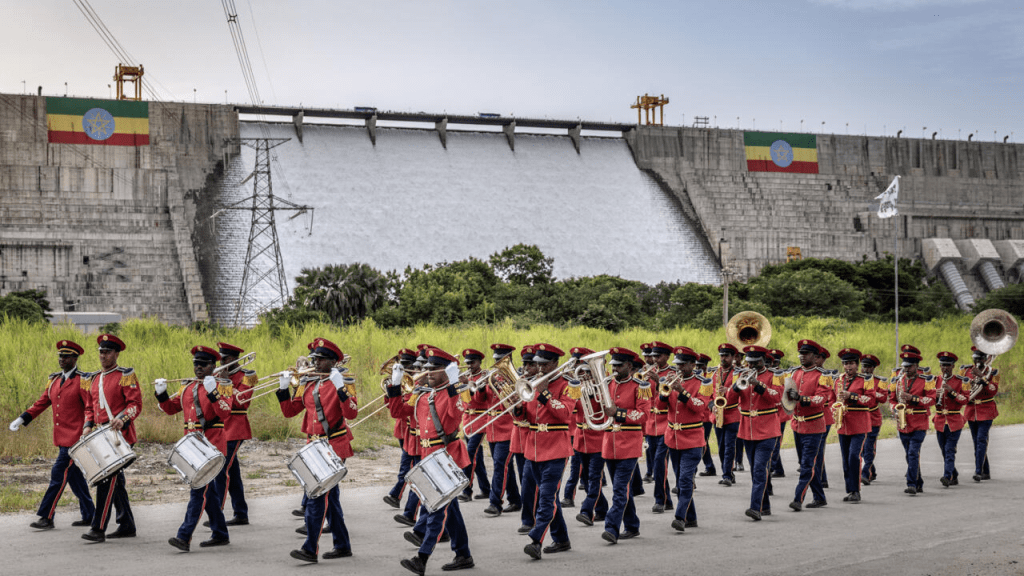
The $5 billion mega-dam, built on the Blue Nile, is set to transform Ethiopia’s energy sector while fueling geopolitical tensions with downstream nations, particularly Egypt.
With a population of 120 million, Ethiopia has long framed the GERD as central to its economic ambitions. Prime Minister Abiy Ahmed said the project will dramatically expand access to electricity in a country where roughly half of rural households remain off the grid, while also positioning Ethiopia as a regional energy exporter. Once fully operational, the dam will generate 5,150 megawatts, up from the 750 MW currently produced by two turbines already online.
For Egypt, however, the GERD represents a potential existential threat. With 90% of its fresh water supply coming from the Nile, Cairo fears that the reservoir’s filling could disrupt flows during drought years. Egyptian officials argue that the project violates colonial-era water treaties and demand a legally binding agreement on how the dam is filled and operated. “Egypt will exercise its right to take all appropriate measures to defend the interests of the Egyptian people,” said Foreign Ministry spokesperson Tamim Khallaf on Monday.
Sudan has also voiced concern, though it could benefit from better flood management and access to cheaper electricity. Previous mediation efforts, including U.S.-backed talks during Donald Trump’s first presidency, failed to secure a deal. At the time, Trump warned Cairo might resort to “blowing up that dam.”
Ethiopia insists the project is a sovereign right and not a threat. “The Renaissance Dam is not a threat, but a shared opportunity,” Abiy told parliament in July, pointing to research showing no significant disruption to downstream flows so far due to careful reservoir filling and favorable rainfall.
The GERD has become a rare unifying project in a country fractured by years of ethnic conflict. Funded largely through Ethiopia’s central bank and citizen bond sales, it symbolizes national pride and independence. Yet tensions with Egypt remain high, particularly as Addis Ababa pursues broader strategic ambitions, including potential access to the Red Sea via Eritrea or Somalia, moves that could further inflame Cairo.
For Ethiopians, the inauguration represents a milestone of sovereignty and progress. For the region, it underscores how water security and geopolitics remain deeply intertwined, with the GERD at the heart of both.




